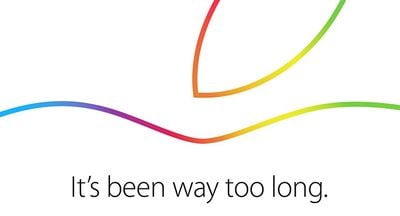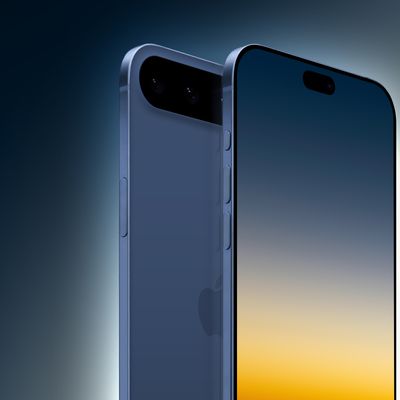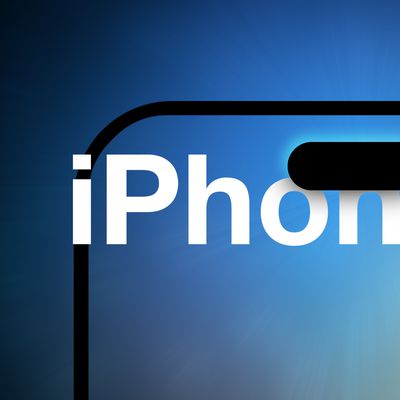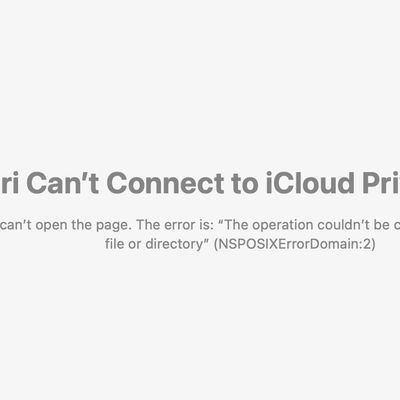Initial iPad Air 2 Supplies May Be Limited, 27-Inch Retina Display iMac Launching by End of 2014
Just about a day before Apple's October 16 media event, KGI Securities analyst Ming-Chi Kuo has issued a new report, saying that he expects supplies of iPad Air 2s to be constrained. His report also suggests that the 27-inch Retina Display iMac will have shipments begin before the end of the year and reiterates that the new iPad minis won't be a significant upgrade.

Of the new products, we think the market will be more interested in iPad Air 2. However, as the poor yield rate of anti-reflective coating cover lens has delayed mass production, we estimate 2014 shipments of iPad Air 2 of 7- 9mn units, lower than the 12mn units of the then-new iPad Air shipments in 2013. We thus expect iPad Air 2 to contribute less to the supply chain than iPad Air did last year. We also don’t expect the event to boost supply chain shares much.
Kuo goes on to once again suggest that a significant update to the iPad mini isn't likely due to the iPad Air's larger "contribution to Apple's sales and earnings" and that iPad mini is seeing limited development resources because Apple is working on a brand-new 12.9-inch iPad.
The 27-inch Retina Display iMac is likely to begin shipments before the end of 2014, with the 21-inch Retina Display arriving sometime in the second half of 2015. The delay between the two models, Kuo suggests, is because of how difficult it is to develop two different sized high resolution panels at the same time.
Finally, Kuo corroborates reports that new MacBook models will not make an appearance at the October 16 event as Apple is waiting on Intel's Broadwell chips before significantly upgrading its laptop line. This includes the rumored 12-inch MacBook Air.
Apple is holding its press event this Thursday, October 16 at 10:00 AM PT on its Cupertino campus. Besides new iPads and iMacs, Apple is also expected to announce the public launch date for OS X Yosemite. MacRumors will provide live coverage of the event.
Popular Stories
Following nearly two years of rumors about a fourth-generation iPhone SE, The Information today reported that Apple suppliers are finally planning to begin ramping up mass production of the device in October of this year. If accurate, that timeframe would mean that the next iPhone SE would not be announced alongside the iPhone 16 series in September, as expected. Instead, the report...
Key details about the overall specifications of the iPhone 17 lineup have been shared by the leaker known as "Ice Universe," clarifying several important aspects of next year's devices. Reports in recent months have converged in agreement that Apple will discontinue the "Plus" iPhone model in 2025 while introducing an all-new iPhone 17 "Slim" model as an even more high-end option sitting...
Apple supply chain analyst Ming-Chi Kuo today shared alleged specifications for a new ultra-thin iPhone 17 model rumored to launch next year. Kuo expects the device to be equipped with a 6.6-inch display with a current-size Dynamic Island, a standard A19 chip rather than an A19 Pro chip, a single rear camera, and an Apple-designed 5G chip. He also expects the device to have a...
Apple typically releases its new iPhone series around mid-September, which means we are about two months out from the launch of the iPhone 16. Like the iPhone 15 series, this year's lineup is expected to stick with four models – iPhone 16, iPhone 16 Plus, iPhone 16 Pro, and iPhone 16 Pro Max – although there are plenty of design differences and new features to take into account. To bring ...
Apple’s iCloud Private Relay service is down for some users, according to Apple’s System Status page. Apple says that the iCloud Private Relay service may be slow or unavailable. The outage started at 2:34 p.m. Eastern Time, but it does not appear to be affecting all iCloud users. Some impacted users are unable to browse the web without turning iCloud Private Relay off, while others are...




















